Organization
3:12 min. - Firewood and shelter from the wind were the two most important elements for a fall camp.
Transcription
Pelache Mark - When we went into the bush, we brought almost nothing with us. We made everything we needed. We bought nothing manufactured, we really produced everything. We didn't even need milk for the children, the mothers breastfed. We made our moccasins and clothing when they were needed.
Marie-Clara Jourdain - Once we arrived in the hunting territory, we looked for a suitable spot, with firewood not too far away. Then, we placed the tent poles. For us, the two most important elements were firewood and shelter from the wind. Once we'd found our spot, we got busy clearing the brush and roots, not forgetting the small roots just under the ground, because we had to reach sand before driving in the poles.
Narrator - At that time, the Innu used various kinds of houses or tents. Everything depended on the circumstances. In this system, the tipi was very well suited to fall, the time of travel in the bush. It was a quick and easy living space to set up. Sometimes all you had to do was drive in three poles covered in canvas, make an opening in the roof and build a fire in the sand inside the tent, adding rocks to conserve heat. Nowadays, the Innu most often use a rectangular tent, called a "prospector's tent". It's just as easy to set up as a tipi, and has the added advantage of holding a small metal stove which people use for cooking.
Music - Rodrigue Fontaine, Bill St-Onge, Luc Bacon
-
Organization
3:12 min
-
-
-
- innineu
- spruce grouse
- kakusseshiu-patshuianitshuap
- prospector’s tent
- kusseupu
- to fish
- pashamesheu
- he dries the fish
- pashauenanu uiash
- they hang the meat to dry it
- pashtatashkuaikanu mak massekushkamiku ashtakanu tshetshi mamuashkatik
- we place wooden blocks and moss on top of it so it will all freeze together
- takutashtakanua nakatuashuna
- we place packets of food on the cache
- tapakuaineueu
- he catches a partridge in the snare
- tashtuikanitshuap
- teepee
- teshipitakan
- a cache
- teshipitakannu e tutak
- he places fir branches on top of the cache
- tshishtashkatshikana
- tent poles
- uinamesheu
- she cleans the fish
- uishkuashameshenanu
- they smoke the fish
- ushkuai akunaikatshenanu nakatuashun
- the food packets are covered in birch bark
- utapia unakuanikashu
- he uses roots to make a snare
- utapiukatiapi
- root
- utapiukatiapia makupitakatsheu nenu utipatshipishikan
- he uses roots to tie the dried meat of an entire caribou into a bark container





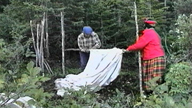
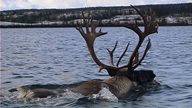
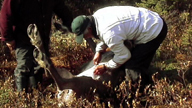
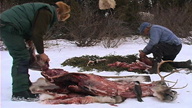
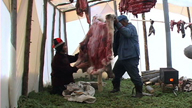
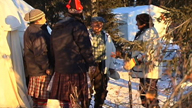
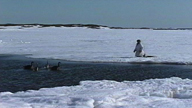
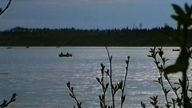
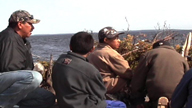
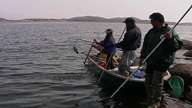
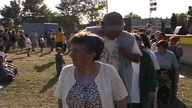
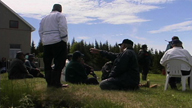
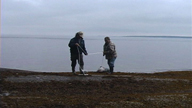
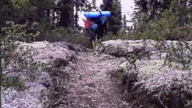
Be the first to comment!